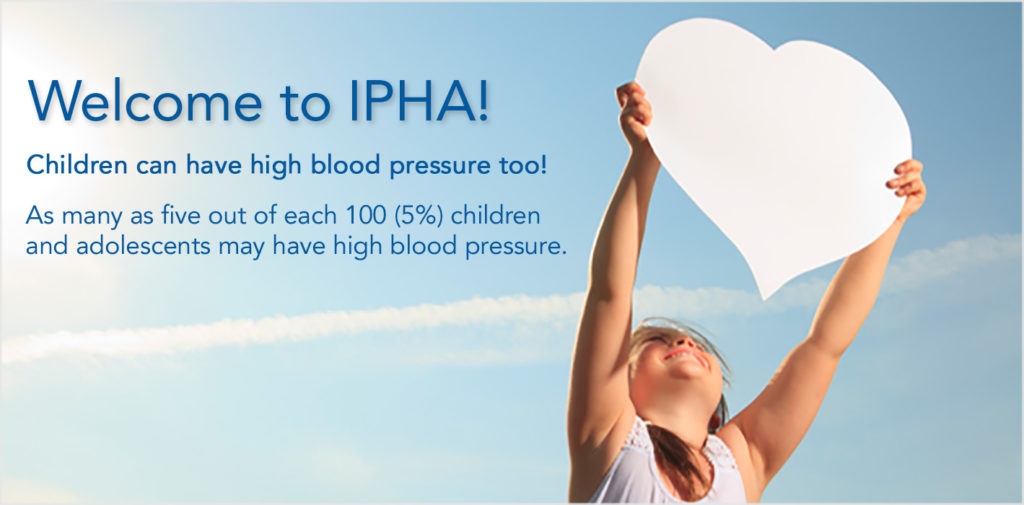
Hypertension is estimated to affect more than 50 million Americans and is one of the leading causes of cardiovascular disease, end-stage renal disease, and cerebrovascular accidents. Although hypertension and associated end-organ damage occur more commonly in adults, hypertension and its resultant complications do occur in childhood. Most affected children have underlying cardiorenal disease resulting in secondary forms of hypertension. However, idiopathic or essential hypertension, for which no identifiable cause is found, clearly can begin in childhood. Many challenges remain in the study of pediatric hypertension. It is known that children who have high blood pressure tend to be hypertensive as adults. It remains to be definitively determined what level of blood pressure predicts hypertensive end-organ injury.
Facts About Patient Populations
- As many as 5% of children and adolescents may have essential hypertension – up to 11% in a minority population. In Houston, Texas that means there may be up to 50,000 hypertensive children.
- The effects of hypertension can begin during childhood. Mild to moderate hypertension is most commonly asymptomatic but may be associated with subtle changes in behavior or school performance.
- Hypertensive children tend to have other medical problems, such as obesity, high blood lipids and/or diabetes mellitus.
- Clinic measurements are frequently unreliable for assessing a patient’s hypertensive status. 24-hour (ABPM) ambulatory blood pressure monitorings allow for a more comprehensive blood pressure assessment.
- Hypertension can present with many different 24-hour blood pressure patterns including white coat, nocturnal, diurnal, high amplitude, and stress-induced hypertension.
- Children and adolescents should have their blood pressure measured at least once per year.
